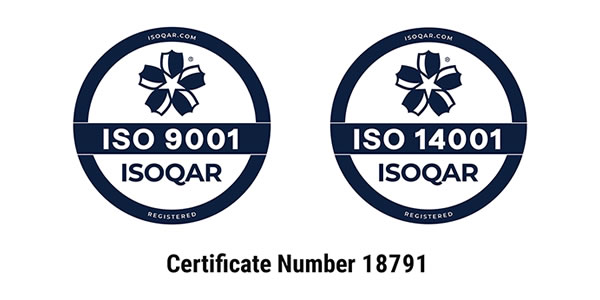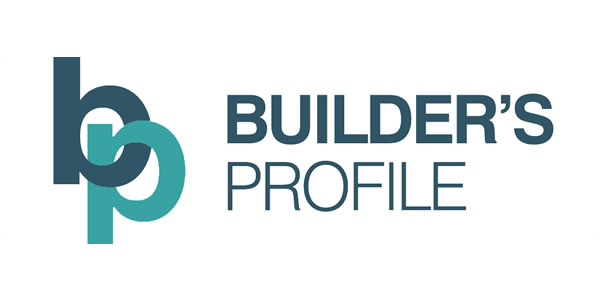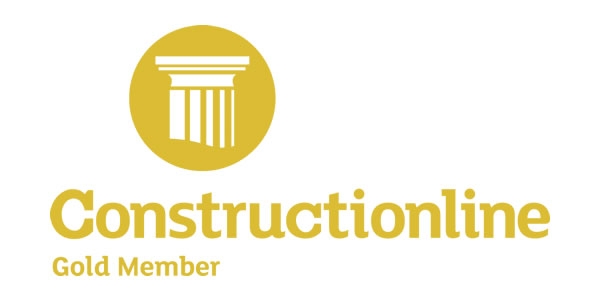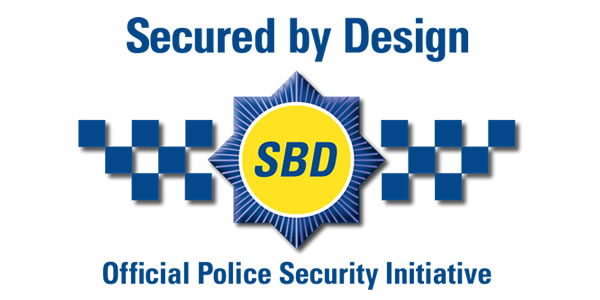
THE ROLE OF DESIGN IN STREET FURNITURE - Q&A WITH OLI SPARROW SENIOR PRODUCT DESIGN ENGINEER AT BSFG
Posted on 1st December 2022
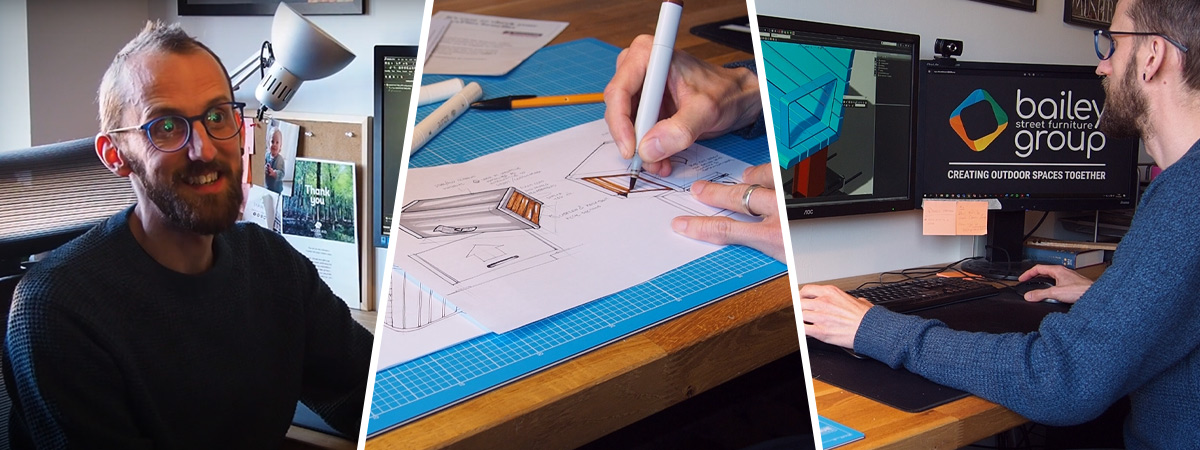
Design plays a key role in everything we see around us. It is an essential process that helps us foresee issues and provide the most effective solution to a project at hand. Within the street furniture and construction industry, it plays a pivotal role in the process of delivering a scheme. Intelligent and well-considered design will contribute to a project being handed over efficiently and accurately.
Here we chat with Oli Sparrow, our Senior Product Design Engineer at Bailey Street Furniture Group to learn more about the importance of design to the Street furniture and construction industry.
How long have you worked for BSFG and how did you get into CAD Engineering?
I've been with the company for just over 8 years now. I started in 2014 when it was just myself in the design team. We now have a team of 4 in-house designers and engineers with more resources spread across the group. We’ve got a really fantastic base of knowledge and experience to draw from. Myself, I've always since a young age been obsessed with taking things apart and putting them back together, sometimes unsuccessfully. Just figuring out how they work and understanding them better. On the other side I grew up pretty heavily obsessed with video games so moving into a professional area like 3D CAD for example was kind of a logical progression and those two things came together to put me where I am now.
What is your favourite project to date?
I think choosing one from however many hundreds of projects I've been involved in the last eight years is very difficult but one that really stood out: we were approached by a startup tech company called Airlabs who had developed an air scrubbing filter technology to clean air in cities and urban spaces, and they wanted to launch that technology at the Space to Breathe exhibition at Somerset House in London. So we actually developed a modular seating unit that enclosed their fans and hid their function away but allowed people to sit and enjoy the exhibition while enclosed in a bubble of fresh air. From a craft point of view, it was one of the most heavily-detailed and crafted projects I think we've ever really done and I hope to see more of these out in the street.
What is the most rewarding part of your job?
I would imagine that most designers would probably have to agree that the most rewarding part of the job is the unique aspect that our ideas and our solutions to problems go on to be manufactured or handcrafted or machine made into real tangible objects that affect people's lives, hopefully for the better, but just things you can interact with on a daily basis. It's very rewarding to walk down the street anywhere in the country and be able to look at a piece of street furniture and say I designed that whether you're proud of it or not, it's something that you've taken part in.
Given the nature of the role itself, you're also forced to continuously learn because you always have to be ahead of trends, ahead of technology that's emerging in the market and keeping up with your main customers in our case big contractors and architects, who are doing the same.
Is there a particular product type that you prefer working with?
Seating is always a really interesting product type to work on in street furniture street furniture. In towns and cities the seating is always the centre of attention; it's put right in there. It's there to help people: elderly and disabled people use public seating to traverse urban spaces that they might otherwise struggle with so making sure that we have met the ergonomic requirements for those people before the product goes out the door is a very important thing to do.
Seating encompasses the full gamut of design factors, whether it's ergonomics or form, materials and finishes and the engineering and structural side of it, it's all included in that one product that is the most touched and interacted-with product in street furniture, so it’s always a fun challenge.
How important is hand sketching in your role as a CAD engineer?
Sketching will always be important no matter how clever digital tools become. I'm notorious for getting upset with my team for trying to develop products in CAD because it's slow, it's inefficient and it doesn't give you that flexibility to be creative and come up with the multiple ideas you should be having before settling down a particular route.
I think a lot of people, even designers, have a fear of drawing for fear of being judged that their artistic ability doesn't meet some standard but at the end of the day, we sketch to communicate an idea. You can create a beautifully marker-rendered or digitally-shaded picture of a seat or a bench for example, but you could actually communicate the same details and the same ideas with just a couple of lines on a piece of paper and that's where the real skill is. I sketch every single day, whether it be for work or rearranging the furniture in my garden. The first thing I'll do is put pen on paper and just work through some ideas and that's a very important process.
Can you walk us through the design process at BSFG?
Our general design process at Bailey’s is fairly typical of any manufacturer of our type. We tend to receive a brief from a client or from internal stakeholders in the group and will use that to form a specification which everyone can agree on and work from as a base. We then work through a process of ideation with sketching, soft-modelling, prototyping in the workshop, speaking to suppliers, ordering in samples of parts and materials, through to fabrication drawings, using 3D and 2D CAD - we use SolidWorks - eventually working with our manufacturing partners to make sure that they are appropriate and feasible for manufacture. Beyond that we work on feedback that we receive from our assembly and installation teams and also our customers: We really want to continually improve, and every time we work on a “standard” product we incrementally improve and change some minor detail to make it better for one party or the other so it never ends essentially, it never ends!
How has the design process changed over the years?
Although our products are generally labelled as “street furniture”, we operate within the construction industry, and that's an industry that grows and evolves at such an astronomical rate that we have to make sure that we're doing our work to keep up and remain relevant.
At the base level we have invested in 3D CAD state of the art systems across the team. We also have the ability now to create photorealistic imagery, animations and walkthroughs for our customers to create a more compelling proposal. Externally to the business of course the world is unrecognisable now from what it was a couple of years ago. Following COVID people are socially reinvigorated, wanting to spend more time in social urban spaces and local authorities are really recognising this and investing heavily in improving the quality of those spaces. One of the ways that we've reacted to that change is to launch our Inspira modular planting product, whose sole aim is to bring green space and biodiversity into those spaces where it wasn't there before, improving air quality and also people's mental health, but also creating natural barriers and flows within those areas that they couldn't achieve before.
Unfortunately, we still have the consistent threat of terrorism in this country. Hostile Vehicle Mitigation is going to become prevalent in the next few years, with protect duty hopefully coming into law in 2023 that will mandate local authorities and councils to provide safety barriers of various kinds for the public. We have been working very hard throughout 2022 designing and testing a range of products that we hope visually fit seamlessly into the urban landscape, but also offer increased protection against vehicle attacks, protecting people, protecting infrastructure and hopefully also providing some attractive furniture at the same time.
What role can design play in meeting the sustainability targets of a project?
Sustainability and environmental factors in design have always been really important to me personally, I try as hard as I can to instil this across my team and also in the wider business. When we're going through a project for a client, for example, we might spend days, weeks, or even months sometimes poring over the very minute details of how the product or products go together and how they're manufactured, so we've got that perspective to identify opportunities where we can, for example, design for disassembly, we can design for reuse and repair which is very important to us and our customers and also look at the sourcing of alternative materials that come from more responsible sources, generally just try to lower the impact and the embodied energy and each of those products and where we can't do that we want to engineer them so they're going to last for as long as possible, so we're not looking at replacing things in five to ten years before their lifecycle has really come to an end.
What influence does the design team have in the developmental stage of a product?
The entire design team at Bailey's are trained product designers so we all have a keen eye for colour, material, finish & ergonomics but also we have a good understanding of the engineering and the real fundamental nuts and bolts side of the products that we design. We try as best we can to keep everything within the guidelines of the equalities act: If we receive a brief from a customer that we believe contravenes the well-established ergonomic principles that it sets out, or just common sense, then we will tend to block that projects until we can fully understand why certain decisions have been made.
We really like to ask why In the design team. If there's any particularly unusual choices that we believe a customer has made, we will ask why before progressing with our project, and more often than not that will send a chain reaction of why’s going all the way back to the original project designer, causing them to rethink based on the question that we have asked and the recommendations we've put forward.
How have the design team changed alongside the growth of the group and what is planned for the future?
The recent growth of our business and the formation of the Bailey Financial Group have afforded us an equal increase in our design capacity, as was needed. So we've gotten new members of the team bringing a diverse range of skills. We also recently partnered with Cyclepods giving us another two design team members whose experience we can draw upon. I sincerely hope in the future we can all work in closer alignment, to have a strong, collaborative design team across the group.
COVID home working has of course has introduced us to new IT tools that we can use to communicate. I myself now work full-time remotely on the other side of the country to the main office and due to technologies that we have adopted it's an incredibly streamlined and efficient process. If anything I actually communicate with my team more now than I did when I was in the office, which is very strange.
The industry we operate within [construction] requires projects to run to building information Model 2 currently, and we are getting more and more requests internally for CAD or product datasets that contain the right level of information to meet these requirements for our customers. We've developed methods of supplying this, changing approaches to our design projects to be able to supply this information. Internally we still operate at level zero so one of the big things we want to do as a collaborative group in the future is align ourselves with the BIM level 2 requirements and also keep up when that level increases, whether this be training for our staff, investment in new software and potentially new staff to use it, we know how important this is if we want to continue the increase in our being specified in the early stages of the project and our increasing collaboration with our customers.
—--
Bailey Street Furniture Group offers an extensive range of award winning and unique street furniture. They draw on innovation and expertise from across the globe as well as offering a full in-house design service with their bespoke solutions team.
The company boasts full Solidworks and AutoCAD design capability, two UK based fabrication plants and a full assembly unit at their UK head office, plus a knowledgeable and experienced team. Bailey Street Furniture Group pride themselves on their ability to create any bespoke street furniture and public realm elements to your exacting requirements and specifications.
For more information on the Bailey Street Furniture Group please contact their team on 01625 322888 or email enquiries@bsfg.co.uk. To view the company’s range of high quality street furniture visit their website www.bsfg.co.uk
Ends.
